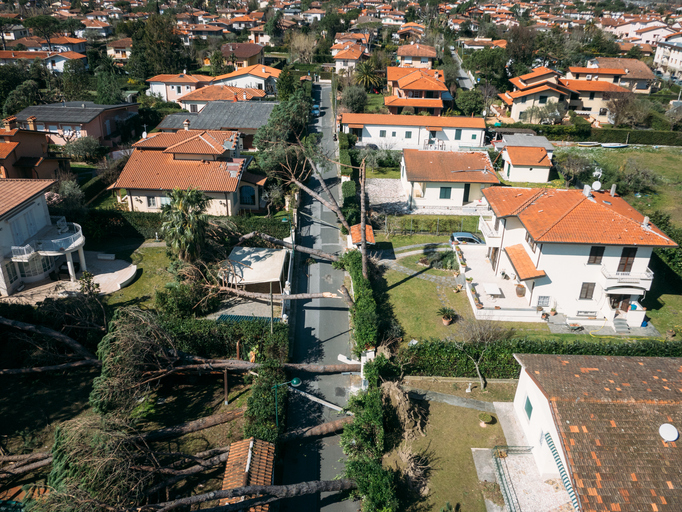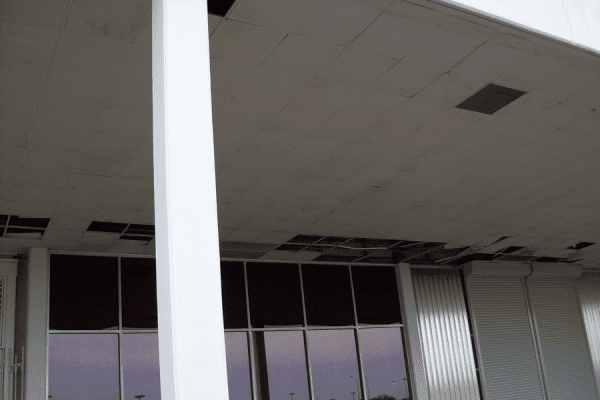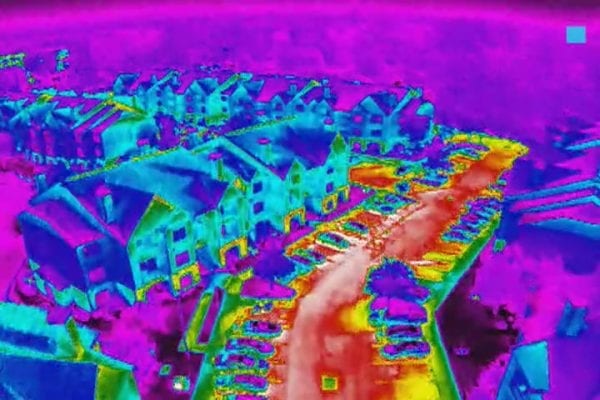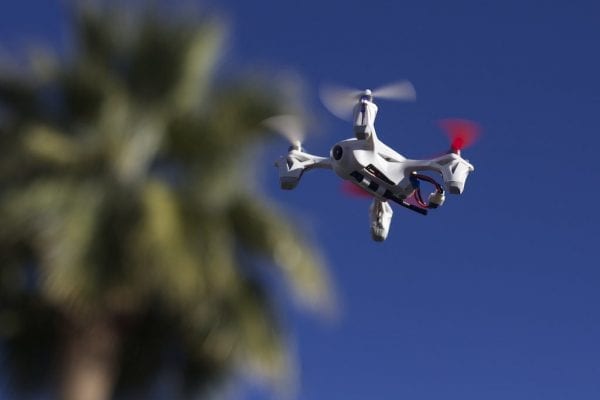When unmanned aerial vehicles (UAVs) first became widely available to the public, they were viewed primarily as a toy for hobbyists. However, when the FAA released rules governing their commercial use in 2016, that ruling opened the door for a wide range of practical applications.
Today, UAVs, popularly known as drones, are being used extensively in the construction and assessment industry, and especially in disaster recovery efforts. Here’s why.
They Assist in Search, Rescue, and Supply
After a major disaster, one of the first aspects of response is to ensure that the people impacted by the disaster are safe. This often involves massive search and rescue efforts. Traditionally, search and rescue was conducted primarily with aircraft, boats, and land vehicles.
Today, a single drone equipped with camera and video can quickly cover large amounts of territory, pinpointing the location of survivors and helping to identify areas most in need of other resources. This allows efforts to be more focused and to provide faster response.
Likewise, some supplies can be delivered by drones, enabling humanitarian efforts to be more efficient and effective in their work.
They Enable Faster Assessments
Once the human impact of a disaster has been addressed, one of the early tasks is to assess the material damage caused by the disaster.
Previously, this was done manually with crews on the ground. Today, drones make the process faster and easier. They can be deployed to analyze large areas, in order to identify the most impacted areas for further attention, and they can be used on individual properties to quickly get a view of the types and extent of damage.
They Improve Safety
Responding to a major disaster involves risk. Crews who show up to assist in search and rescue or in damage assessments can be subject to hazards such as unstable buildings, downed electrical lines, unsafe water and flooding conditions, and general lack of infrastructure.
Drones enable these same crews to assess conditions from a distance to make smart decisions about how to approach the area. They also allow damage assessments of roofs, tall buildings, and inaccessible areas without requiring anyone to risk their safety.
They Reduce Cost
The cost of disaster recovery is often incalculable and can be prohibitive. Consider the case of New Orleans after Hurricane Katrina. Many affected areas have never recovered, more than a decade later.
While drones can’t eliminate all of the cost of recovery, they can reduce some of it by enabling faster and more effective assessments with fewer resources. Additionally, they can provide information that allows property owners to understand the extent and type of damage they’ve incurred, and to make faster decisions to reduce the impact of that damage.
Case Study: Hurricane Harvey Response
After Hurricane Harvey struck Houston, our disaster response teams deployed immediately to assist our clients in assessment and recovery, and we weren’t alone. According to an article in Wired, professional drone pilots showed up in force to assist in response. “Drones have an advantage over even helicopters in this situation,” said Parker Gyokeres, a New York-based drone pilot. “They’re cheaper, can fly lower, and don’t risk pilots’ lives as they move around in the sky.”
Our teams were focused on assessing physical damage to structures, and we brought our own drones as well. The value of the drones was incalculable in enabling us to reach otherwise inaccessible areas and assess roofs and upper floors of otherwise dangerous structures.
Without drones, we would have had to wait until we could haul in heavy equipment to assess some of our customers’ structures, a challenging and often impossible feat in a disaster-ravaged area. With them, we were able to quickly deliver accurate and useful assessments to our customers so they could make smart decisions about how and where to deploy recovery efforts.
We’re excited about the potential for drones to continue to transform our industry and assist us in serving our clients. We’d love to be your go-to for disaster recovery services. Don’t wait for disaster to strike–contact us today.






